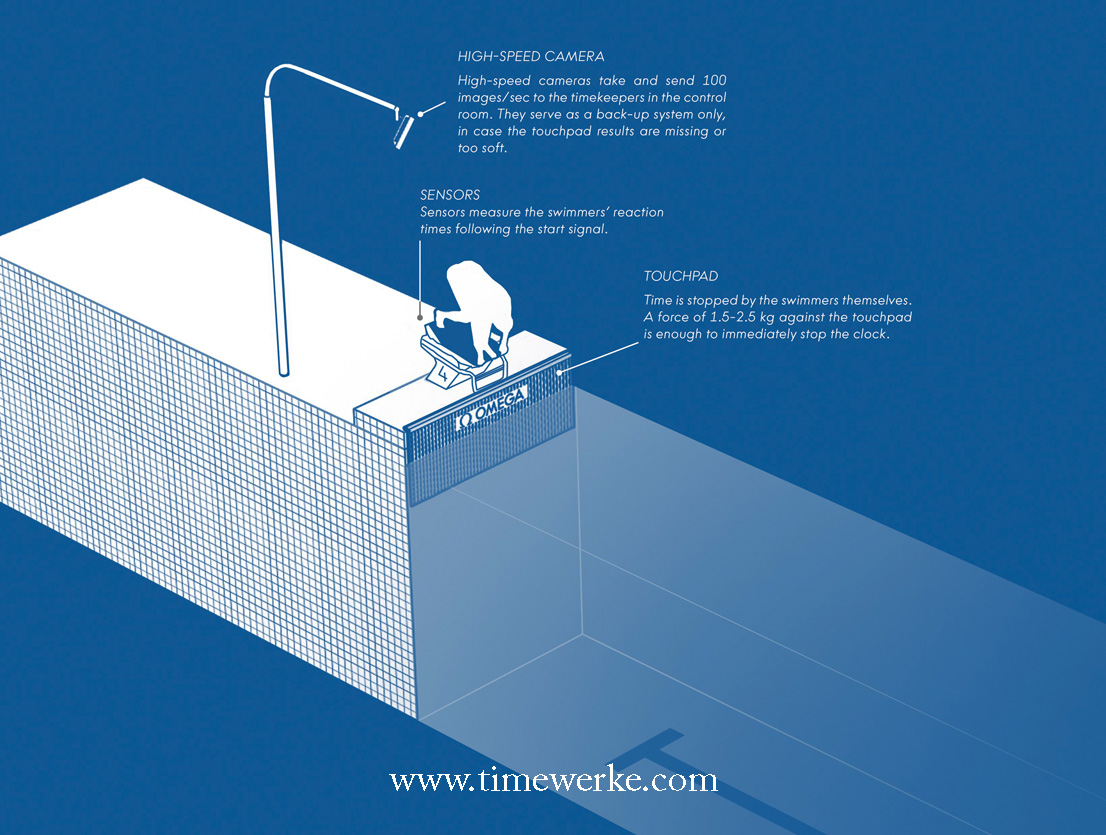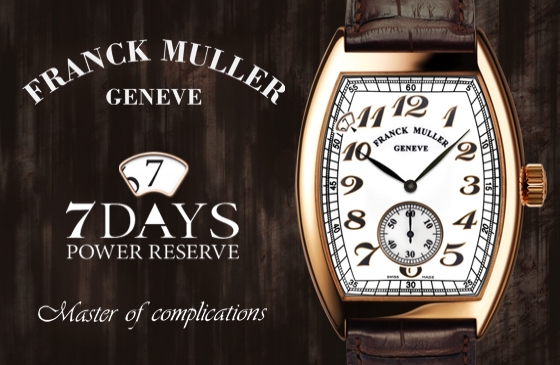What brand is the Official Timekeeper of the Olympic Games?
Since 1932, Omega has been the Official Timekeeper of the Olympic Games.
Who is responsible for starting and stopping the timers recording the times of swimmers at international swimming events such as the Olympic Games?
In the past, timekeepers with their time-recording instruments will time the swimmers. However, these days, it is the swimmers themselves.
How is it possible that swimmers can “record” (start and stop) their own lap times?
Here’s how it works:
Every starting block has an integrated loudspeaker to allow the swimmer to hear the start signal at exactly the same moment.
Once the [start] pulse is sounded, special sensors measure the swimmers’ reaction times as they dive into the water.
On the last lap, once the swimmer touches the touchpad immersed at the end of each lane, his or her final time is recorded.
A force of between 1.5kg and 2.5kg is sufficient to stop the timer.

A swimmer about to complete his final lap at the 2012 Olympic Games in London. Can you spot Michael Phelps? Photo: © Omega
What if the swimmer’s contact is too soft or no touch contact is detected?
A high speed camera from Omega, no less, serves as the back-up. This Omega camera records and send 100 images per second.
This explains why the Omega branding and logo can be seen in the swimming pool at the Olympic Games and it is the first thing each and every swimmer sees once they complete their final lap.
Source: Omega



